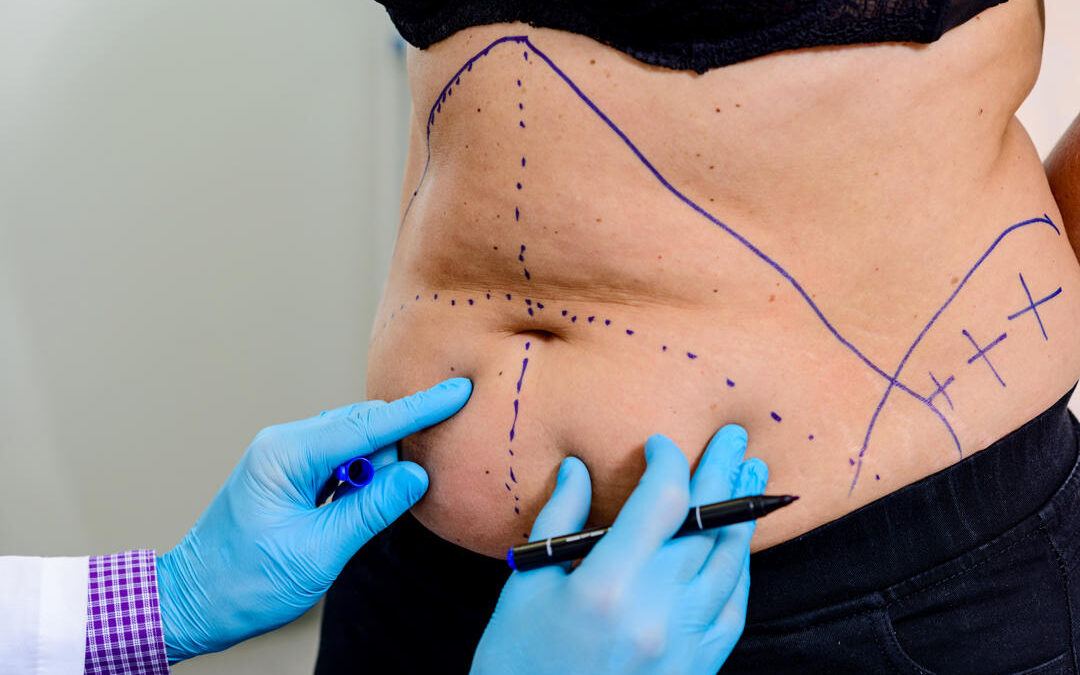A tummy tuck, or abdominoplasty, is a popular cosmetic surgery designed to remove excess skin and fat from the abdomen, as well as tighten the underlying muscles. This procedure can significantly enhance the abdominal profile, especially after significant weight loss or pregnancy. Understanding the recovery process is crucial for achieving the best results and minimizing complications. This article provides valuable insights on what to expect during tummy tuck recovery, along with practical tips and timelines to guide you through the healing journey.
The Tummy Tuck Procedure
Before diving into recovery, it is important to understand what the tummy tuck procedure entails.
Types of Tummy Tuck
- Full Tummy Tuck: This comprehensive procedure involves an incision from hip to hip and around the navel. It addresses both the upper and lower abdomen, providing a complete abdominal makeover.
- Mini Tummy Tuck: Also known as a partial abdominoplasty, this procedure is less invasive, focusing on the area below the navel. The incision is shorter, and recovery is generally quicker.
- Extended Tummy Tuck: This variant extends the incision around the flanks to address love handles or excess skin on the sides. It is suitable for patients with significant skin laxity.
Surgical Steps
- Incision: The surgeon makes the incision based on the type of tummy tuck being performed.
- Muscle Repair: The underlying abdominal muscles are tightened to create a firmer abdominal wall.
- Excess Skin and Fat Removal: The surgeon removes excess skin and fat, reshaping the abdominal area.
- Repositioning the Navel: In a full tummy tuck, the navel is repositioned to ensure a natural appearance.
- Closure: The incisions are closed with sutures, and drains may be placed to remove excess fluid.
Immediate Post-Operative Care
First 24-48 Hours
The initial phase of recovery is critical. Here’s what to expect:
- Hospital Stay: Depending on the extent of the surgery, you may need to stay in the hospital overnight for monitoring.
- Pain Management: Pain and discomfort are common but manageable with prescribed pain medications.
- Mobility: You will be encouraged to start moving around gently to promote circulation and prevent blood clots.
- Dressings and Drains: Surgical dressings will be applied, and drains may be placed to remove excess fluid. These are typically removed within a week.
Week 1: Initial Recovery Phase
Activity and Movement
- Limited Activity: Rest is crucial, but light walking is encouraged to enhance blood flow and reduce swelling.
- Sleeping Position: Sleep with your upper body elevated and knees slightly bent to minimize tension in the abdominal area.
- Avoid Straining: Activities that strain the abdominal muscles, such as lifting heavy objects or strenuous exercise, should be avoided.
Managing Pain and Discomfort
- Pain Medication: Continue taking prescribed pain medications as needed.
- Cold Compresses: Applying cold compresses can help reduce swelling and discomfort.
- Follow-Up Appointment: Attend your first post-operative appointment to monitor your progress and remove drains if necessary.
Weeks 2-4: Intermediate Recovery Phase
Gradual Increase in Activity
- Walking and Light Activities: Gradually increase your activity level with short walks and light household tasks.
- Driving: You may resume driving if you are no longer taking strong pain medications and feel comfortable behind the wheel.
Wound Care and Hygiene
- Incision Care: Follow your surgeon’s instructions for cleaning and caring for your incisions to prevent infection.
- Showering: You can usually start showering after a few days, but avoid soaking in baths until your incisions are fully healed.
Compression Garments
Wearing Compression Garments: These garments help reduce swelling, support the healing tissues, and improve contouring results. Wear them as instructed by your surgeon.
Months 2-3: Advanced Recovery Phase
Resuming Normal Activities
- Exercise: Light exercises can be resumed, but avoid high-impact activities that could strain your abdomen.
- Work: Many patients can return to non-strenuous work after 2-4 weeks, depending on their comfort level and the nature of their job.
Monitoring Healing and Results
- Swelling Reduction: Swelling continues to subside, revealing more of the final results.
- Scar Management: Begin scar care treatments as recommended by your surgeon to minimize scar appearance. This may include silicone sheets, creams, or laser treatments.
Long-Term Recovery and Maintenance
Full Recovery and Final Results
- 6 Months to a Year: Full recovery can take up to a year. By this time, swelling should be minimal, and you can appreciate the final contour of your abdomen.
- Lifestyle and Maintenance: Maintaining a stable weight and healthy lifestyle is crucial to preserving the results of your tummy tuck. Regular exercise and a balanced diet will help keep your abdomen looking its best.
Emotional and Psychological Aspects
- Body Image: Adjusting to your new body shape can take time. Some patients experience a boost in self-confidence and body image, while others may take longer to adjust.
- Support Systems: Engage with support groups or speak with a counselor if you have concerns about your body image or recovery process.
Tips for a Smooth Recovery
Follow Your Surgeon’s Instructions: Adhere to all post-operative care guidelines provided by your surgeon.
- Stay Hydrated: Drink plenty of water to aid in healing and reduce swelling.
- Healthy Diet: Eat a balanced diet rich in vitamins and minerals to support your body’s recovery.
- Avoid Smoking: Smoking can impair healing and increase the risk of complications. Avoid smoking before and after surgery.
- Listen to Your Body: Rest when you need to and don’t rush your recovery. Your body needs time to heal.
Recovering from a tummy tuck surgery requires patience, care, and adherence to post-operative guidelines. By understanding the recovery timeline and following these tips, you can enhance your healing process and achieve the best possible results. Remember, every patient’s recovery journey is unique, so it’s important to stay in close communication with your surgeon and listen to your body as you heal.

